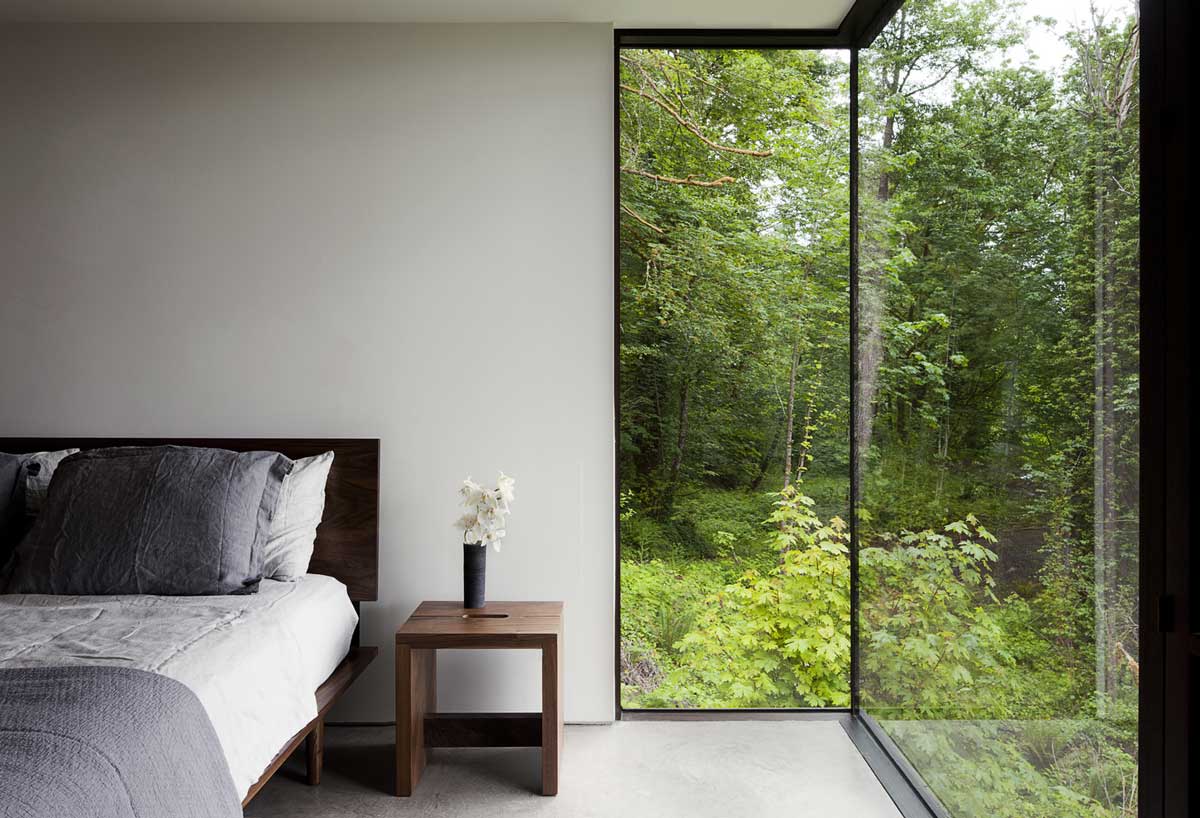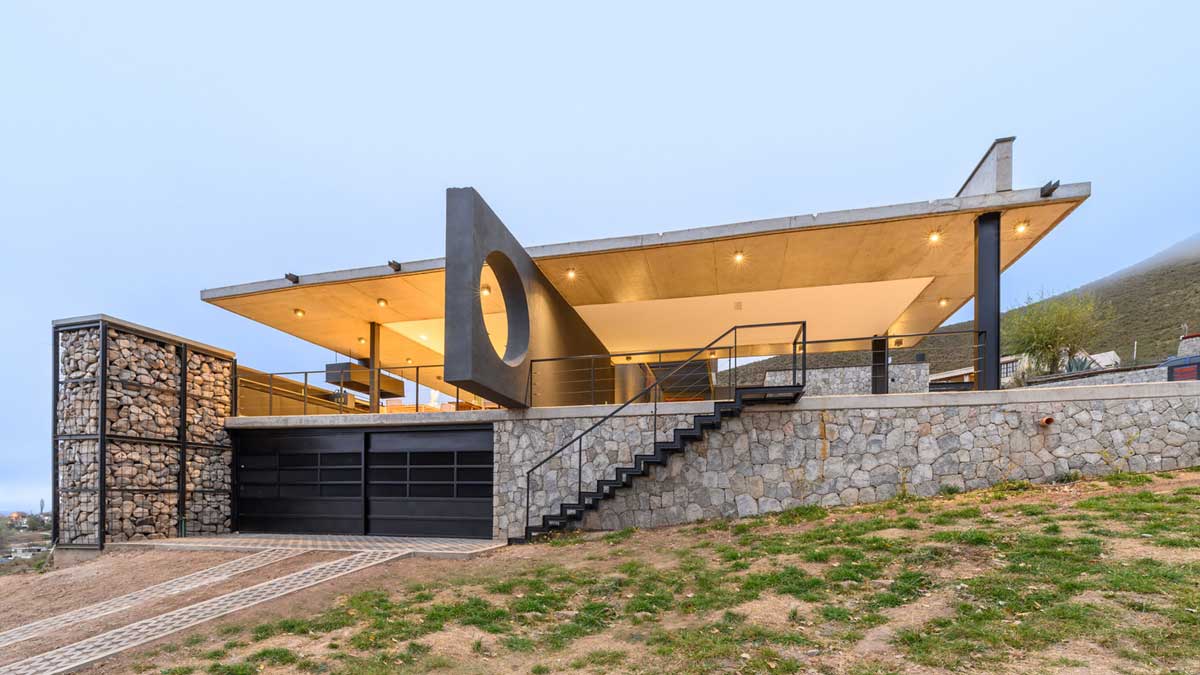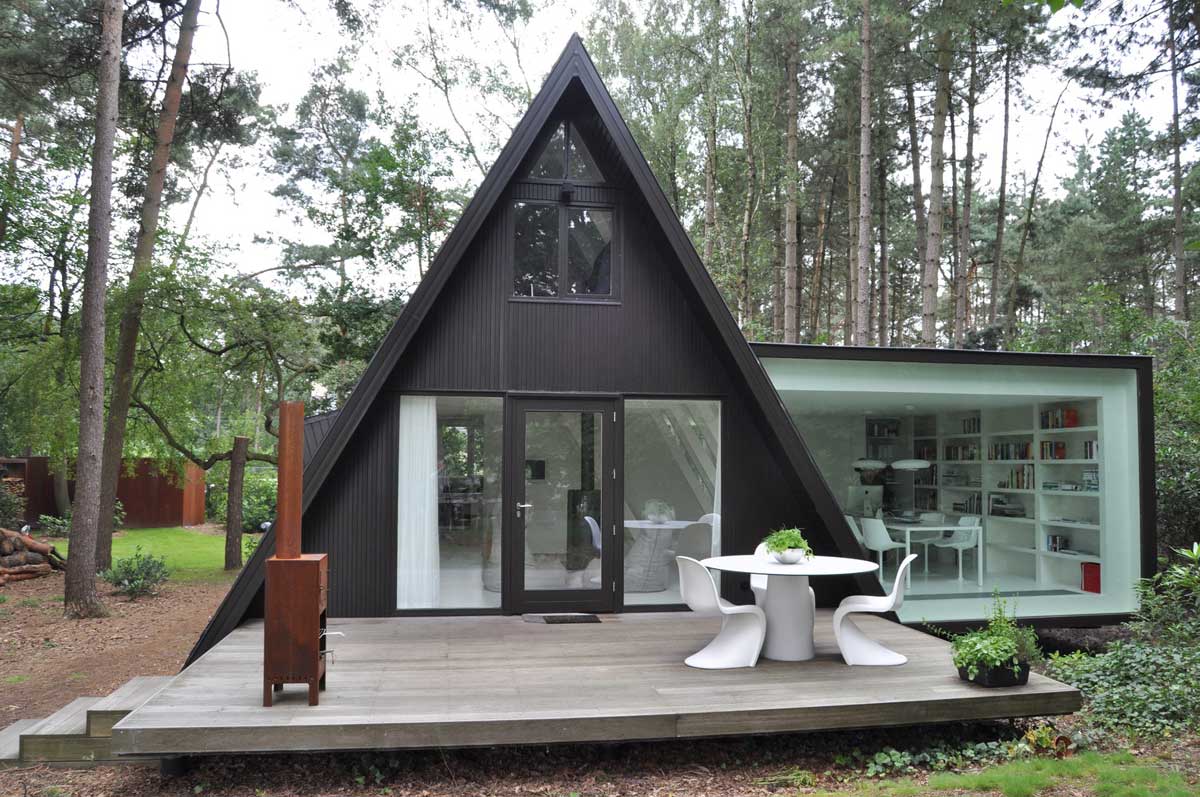In the heart of the Netherlands, nestled amidst the lush greenery and serene waterways, stands a bungalow that defies time. Its transformation from a 1967 structure to a contemporary marvel is a testament to the power of innovative design. At the core of this metamorphosis are two building materials: skylights and glass. Their strategic incorporation has not only redefined the aesthetics of the villa but has also bridged the gap between the indoors and the vast expanse of nature outside.


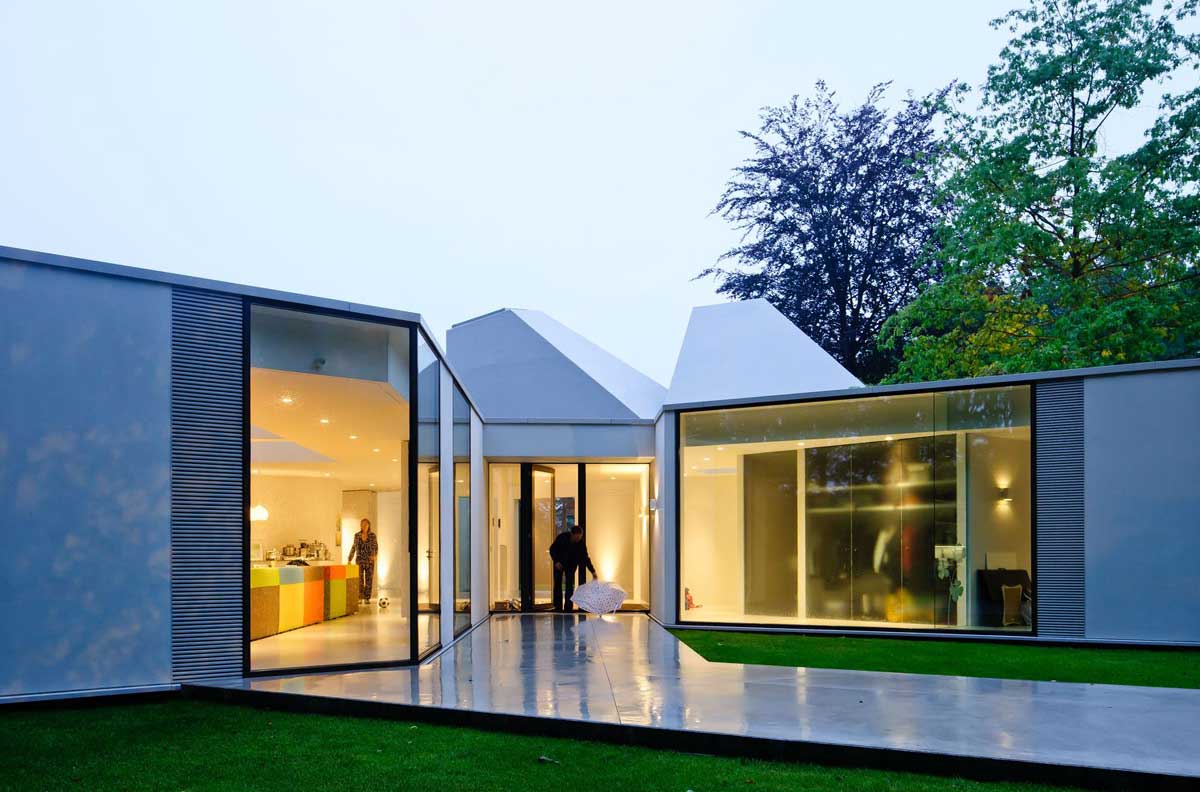


Skylights: Illuminating Modern Design
Skylights have always been synonymous with luxury and elegance. In this Dutch bungalow, they serve a purpose far beyond mere aesthetics.
- The first introduction of skylights was in the living hall. Positioned strategically, they flood the space with natural light, eliminating the need for artificial lighting during the day.
- The geometric design of these skylights adds a touch of modernity, contrasting beautifully with the villa’s traditional foundation.
- Beyond aesthetics and functionality, these skylights play a pivotal role in energy conservation, reducing the home’s carbon footprint.
- They also create an illusion of space, making the living area appear larger and more open.
- Lastly, the skylights serve as a window to the heavens, allowing residents to gaze up at the starry night sky, bringing a touch of the cosmos into their home.




Glass: The Transparent Transition
Glass, in its various forms, has been a game-changer for this villa’s renovation.
- The most notable use of glass is the pavilion that extends towards the flowing stream. This structure, almost entirely made of glass, blurs the boundaries between the indoors and the outdoors.
- The large glass windows replace traditional walls, ensuring that every corner of the house is bathed in natural light.
- These windows also act as frames, capturing the picturesque views of the surrounding landscape, turning them into living artworks for the residents.
- The use of glass is not just limited to windows and pavilions. Internal partitions made of frosted glass ensure privacy while maintaining an open feel.
- Energy-efficient glass materials have been used to ensure that the house remains warm in winters and cool in summers, showcasing a blend of beauty and functionality.


The Art of Merging Indoors and Outdoors
The Dutch bungalow’s design is a masterclass in seamlessly merging the interior with the exterior.
- The expansive glass facades provide an uninterrupted view of the verdant surroundings, making residents feel they are living amidst nature.
- The transparency of the glass ensures that the line between the inside and outside is almost invisible, creating a harmonious flow.
- This design choice also promotes mental well-being, as being connected to nature has proven therapeutic benefits.
- The reflection of the surrounding water bodies on the glass during the golden hour creates a mesmerizing visual spectacle, turning the villa into a shimmering jewel.
- Moreover, the outdoor landscape, with its rich flora, becomes an ever-changing backdrop for the interiors, ensuring that the ambiance inside the house is always fresh and vibrant.


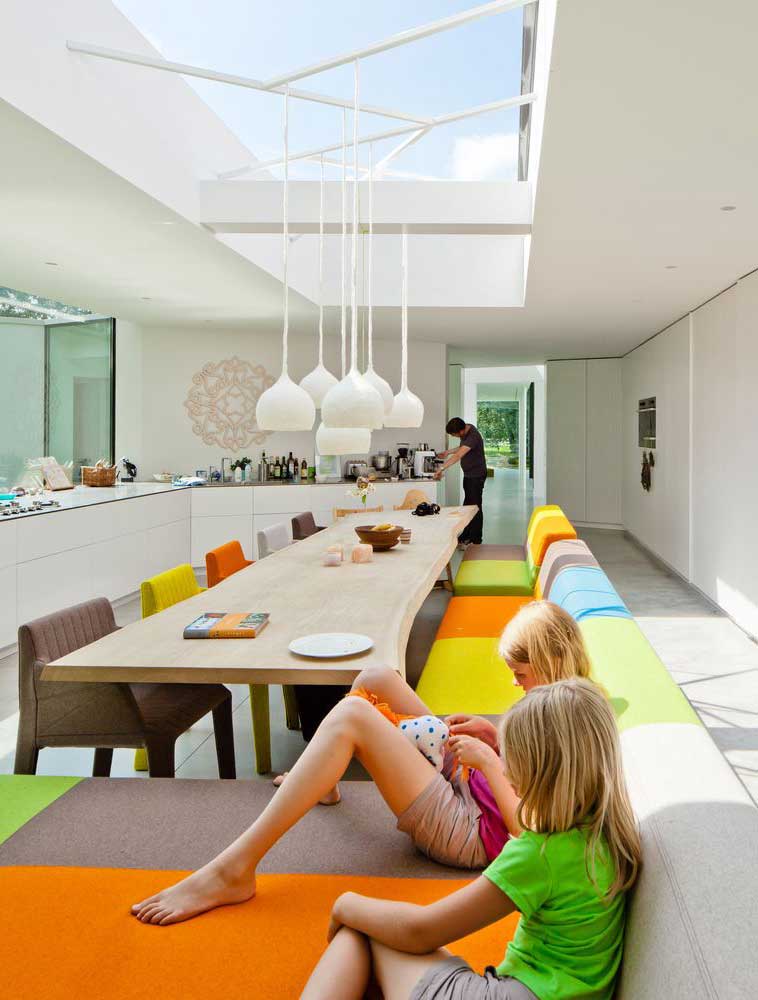

Harnessing Natural Light for Sustainability
One of the standout features of the villa’s design is its emphasis on sustainability, with natural light playing a pivotal role.
- The skylights, strategically placed, ensure that every nook and cranny of the house receives ample sunlight. This not only reduces electricity consumption but also provides warmth during colder months.
- The play of light and shadow, as the sun moves across the sky, adds dynamism to the interiors, making each moment unique.
- Glass, with its reflective properties, further amplifies the brightness, reducing the need for artificial lighting during the day.
- The choice of tinted glass for certain sections ensures that while the house remains bright, it is also protected from the harsh afternoon sun, keeping the interiors cool.
- Furthermore, the combination of skylights and glass promotes passive solar heating, a sustainable way to keep the house warm during winters without relying on external energy sources.

The Dutch bungalow, with its innovative use of skylights and glass, stands as a beacon of modern architectural brilliance. It showcases how traditional structures can be rejuvenated with contemporary design elements, without losing their essence. More than just a living space, it is a testament to the harmonious coexistence of man, nature, and technology. Every design choice, every material used, echoes the ethos of sustainable living, making the villa not just a home, but a philosophy.

